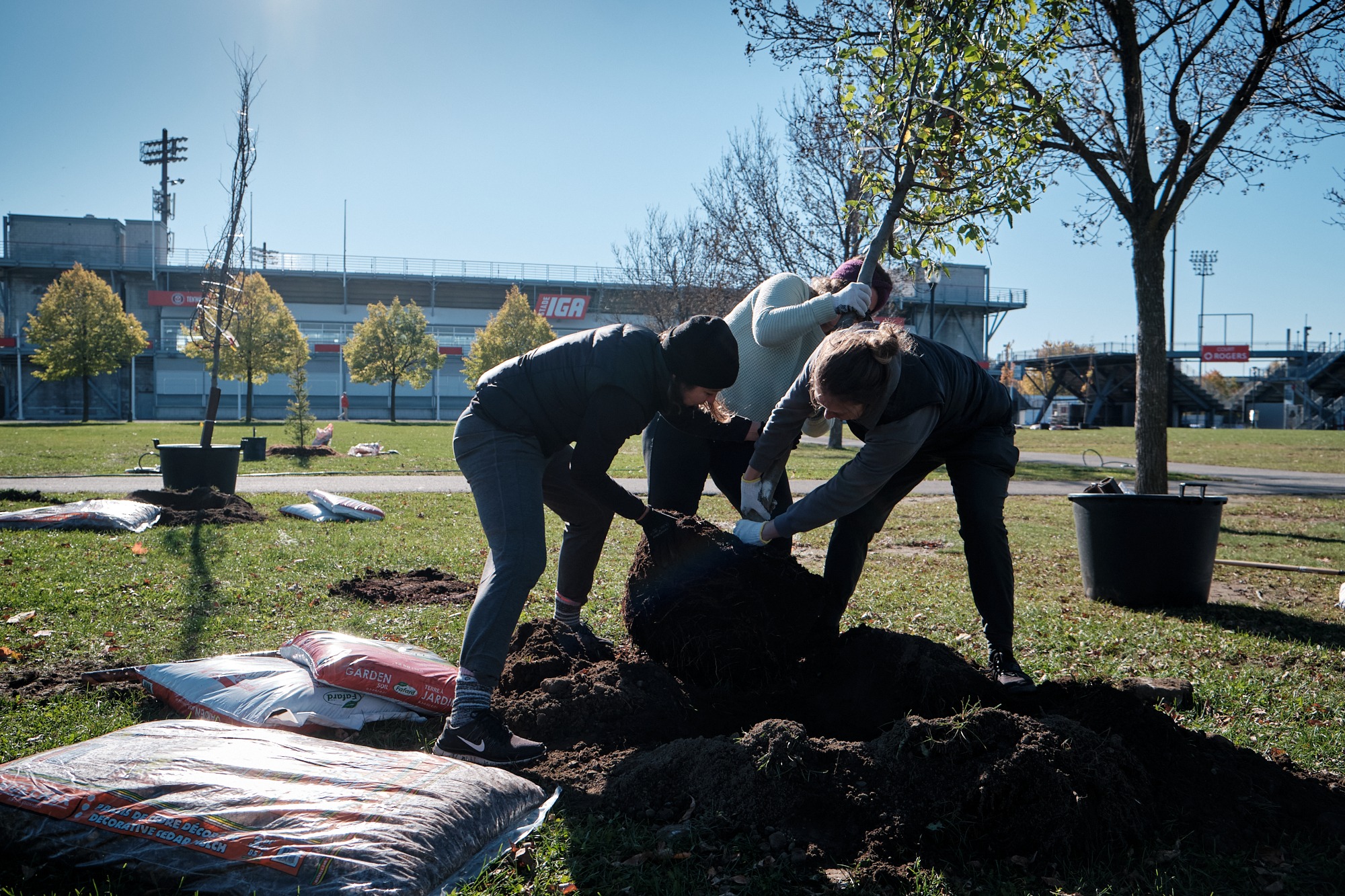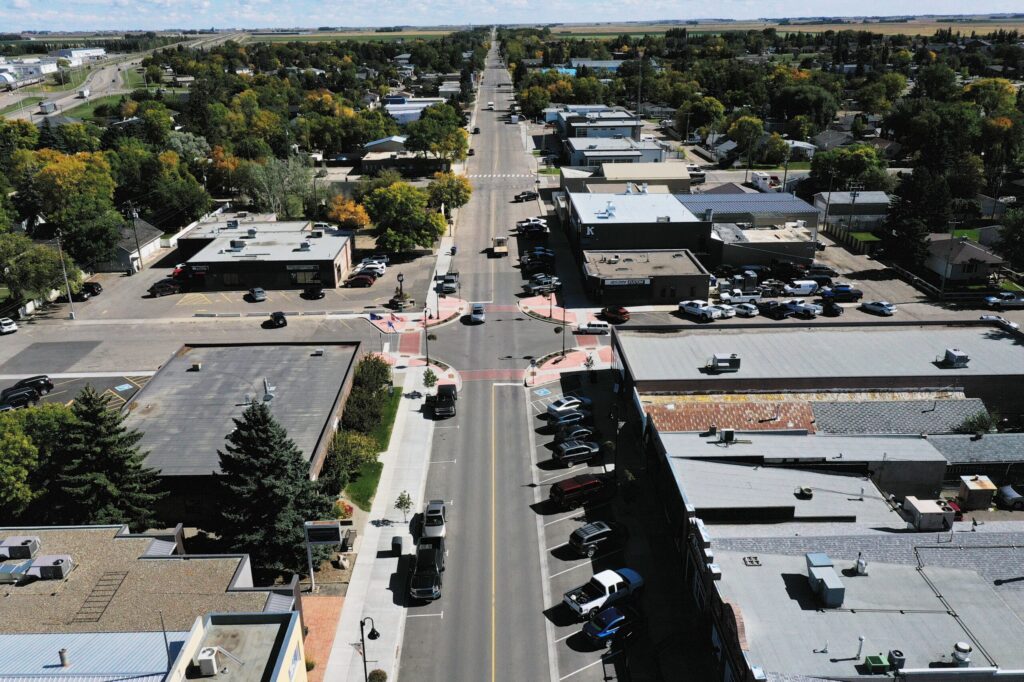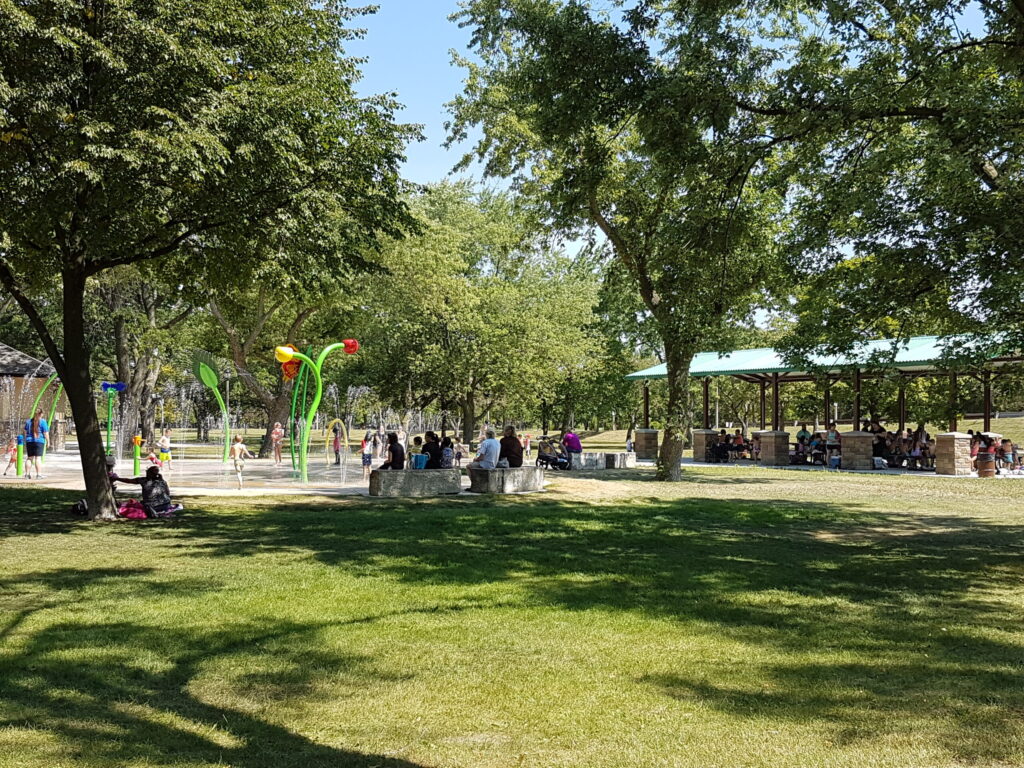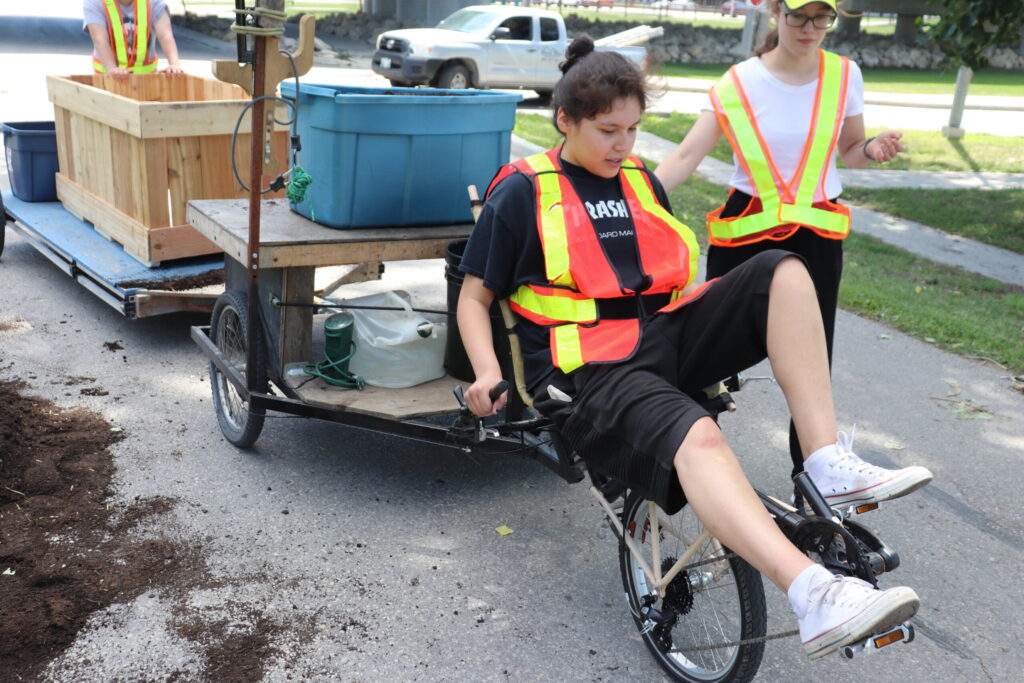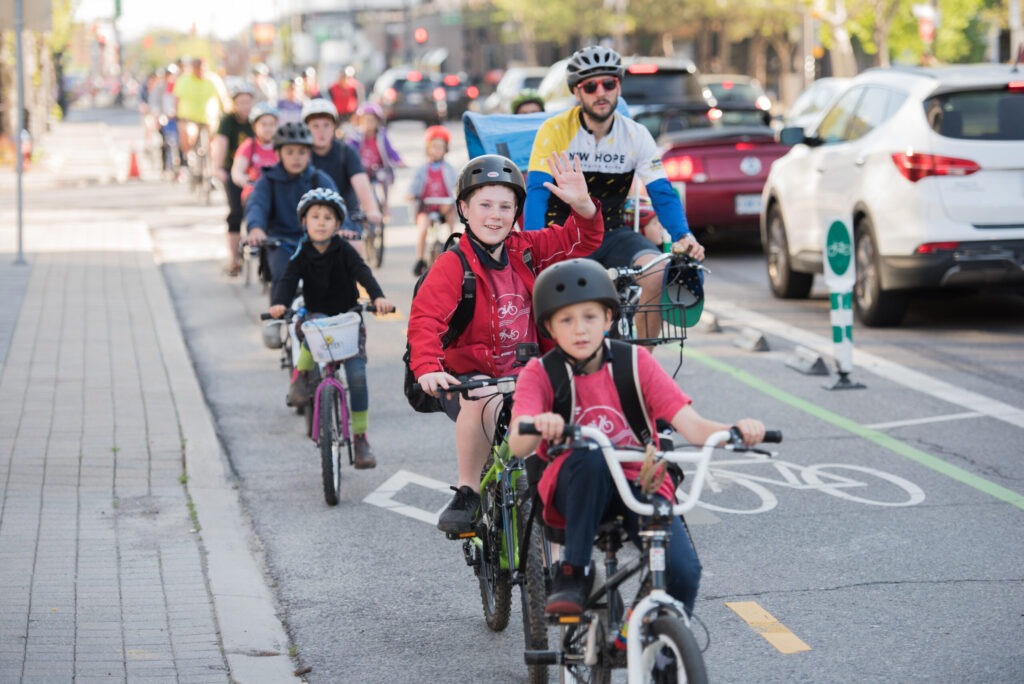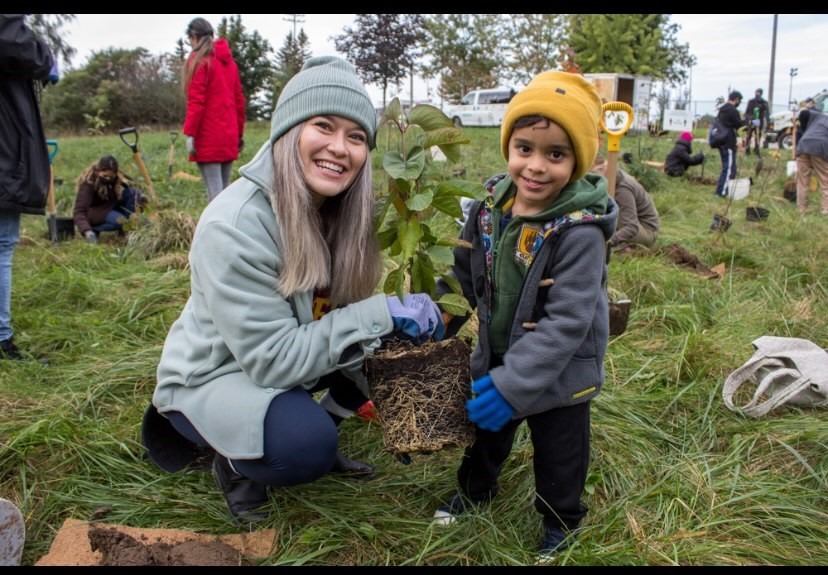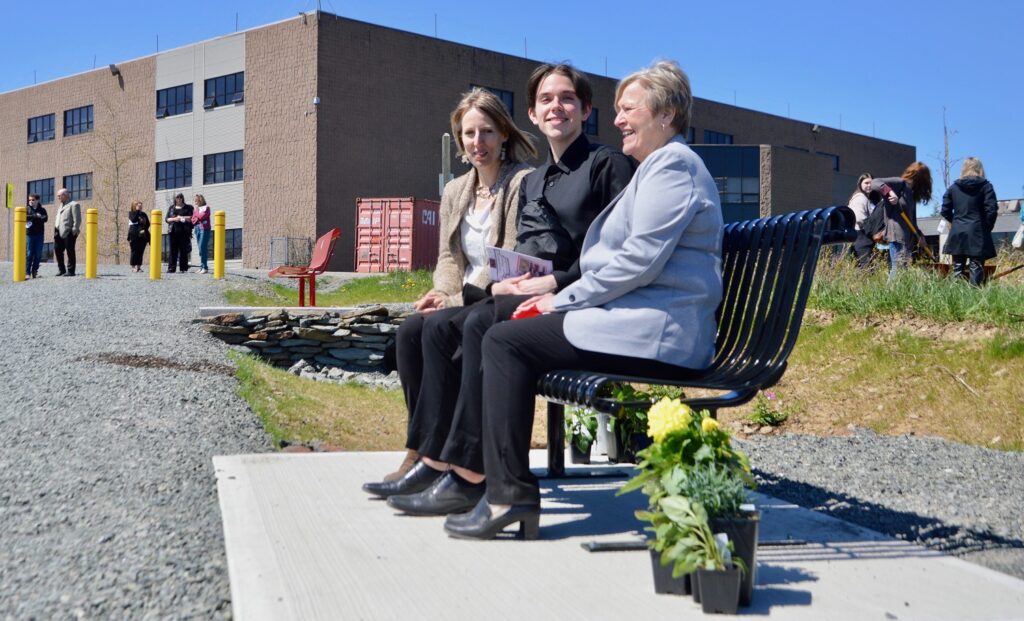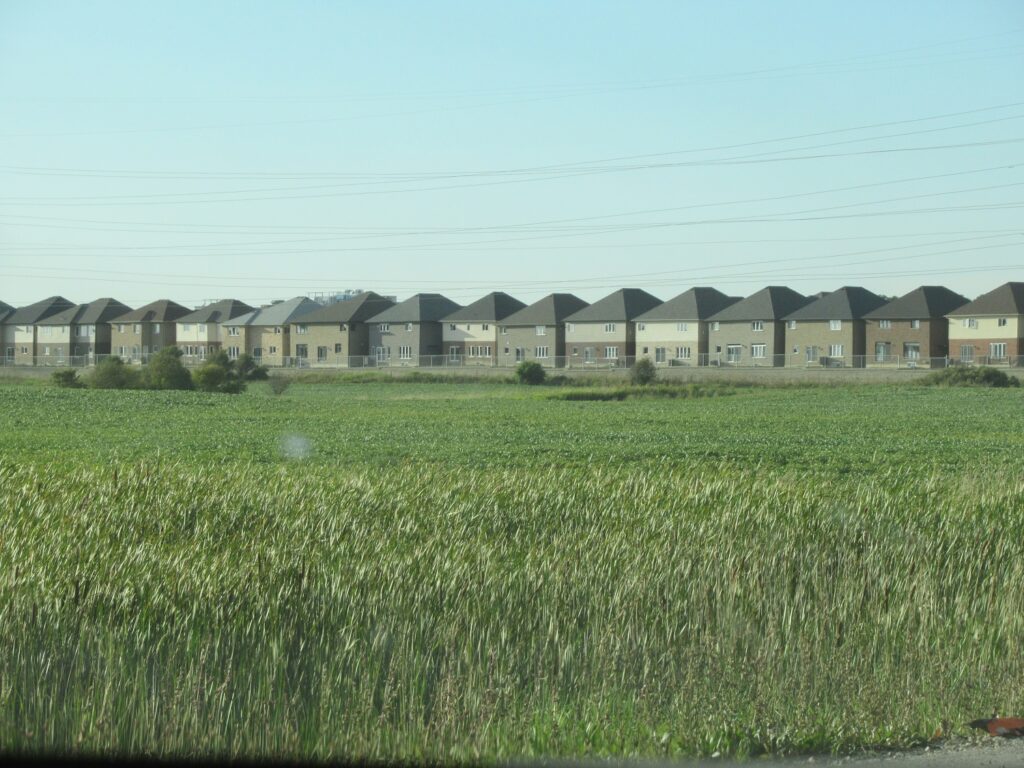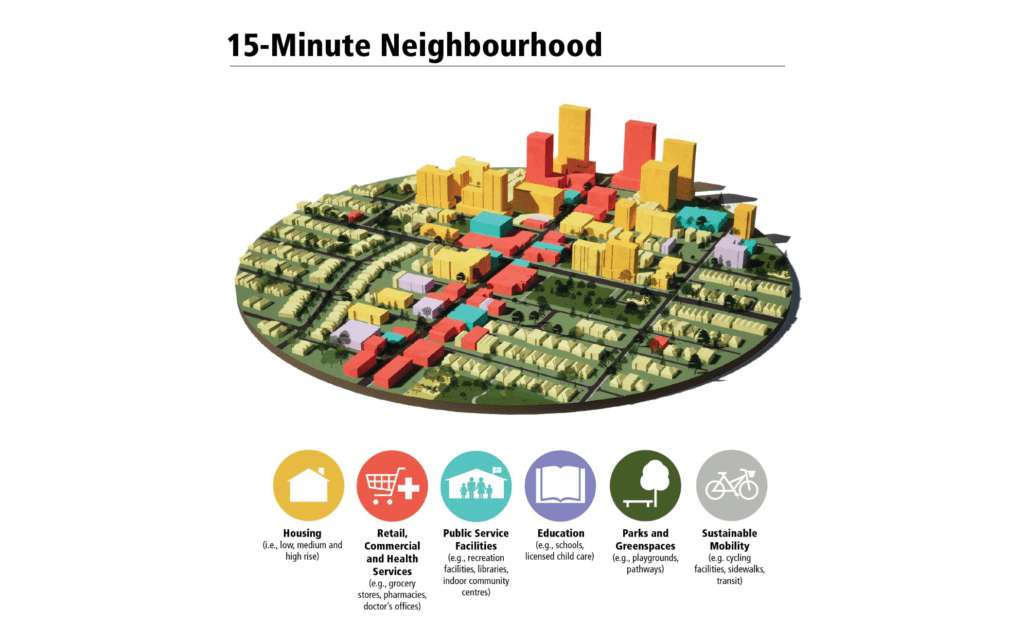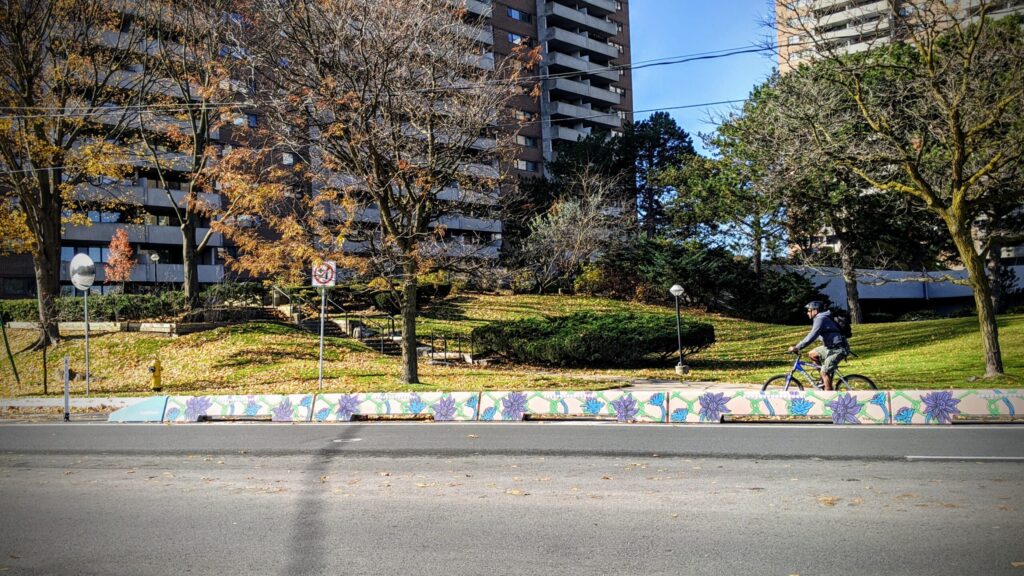Written by Kim Perrotta
Goals
A new project is aiming to turn down the temperature in disadvantaged neighbourhoods in Montreal. Vert le Nord aims to green urban spaces to reduce the urban heat island effect and improve the quality of life and work in the north end of Montreal.
Inspired by the ILEAU campaign run by the Montreal Regional Environmental Council (CRE-Montreal), this project is led by the non-profit organization, Ville en vert, in collaboration with the non-profit organization, VertCité. The Vert le Nord project is directed at neighborhoods in Montreal that rate high both as urban heat islands and for social deprivation.
“One of our goals is to create green, cool spaces in neighbourhoods that can experience extreme heat because they have too few trees, too little shade, and too much pavement, that are also home to socially disadvantaged populations,” offered Clementine Mosdale, Project Manager for Vert le Nord. “These populations can be more sensitive to extreme heat because social disadvantages – such as low incomes and poor working conditions – can put these populations at greater risk for negative health outcomes. These populations can also be more vulnerable to extreme heat because they are less likely to have access to air conditioning, cool parks or swimming pools that offer relief from high temperatures.”
“We also want to raise awareness about environmental issues in the City and the actions that people can take to address them,” noted Tiphanie Lebeaupin, the Communications Officer for both Vert le Nord and Ville en vert. “With the Vert le Nord project, we particularly want to increase public awareness about both, the negative health impacts that can result from extreme heat, and the health benefits that can be provided by trees.”

Process
The project is funded for three years (2020-2022) by the National Institute of Public Health of Quebec (INSPQ), which put out an open call for proposals from organizations to “combat” the urban heat island effects in Montreal. This funding is part of Quebec’s 2013-20 Climate Change Action Plan.
Vert le Nord is focused on, and supported by, three administrative boroughs – Ahuntsic-Cartierville, Saint-Laurent, and Villeray—Saint-Michel—Parc-Extension. These are high-density boroughs that are characterized by heat islands.
“We want to work with municipalities, schools, residents and some local businesses to identify the projects that can green their neighbourhoods while meeting other needs they have identified for themselves,” explains Clémentine.“We want to find synergies with them; see if we can meet more than one need at a time. For example, green places that create social spaces where people can meet and interact, while also reducing the urban heat island effect and the hazards it presents.”
“We really work to educate and mobilize the community. We want to engage them in the decisions that affect their neighbourhoods and in the planting of trees,” noted Tiphanie.

Outcomes
The project began in 2020. While constrained by the limitations imposed by the COVID-19 pandemic, the project team was still able to accomplish a great deal. That first year was spent contacting local residents and organizations, identifying potential locations for projects, and convening meetings with partners to discuss project ideas.
There was more “on the ground” work in the second year. The Vert le Nord team completed 10 projects in 2021: one with a non-profit organization, one with an early childhood center, two with businesses, four green alley projects with the municipality, and two that involved planting trees on private property. In 2021, Vert le Nord removed 51 square metres of pavement and supported the planting of 40 trees and 316 shrubs and perennial plants.
“We are eager to do work on school properties because children are particularly sensitive to heat and school yards often have a lot of pavement, very few trees, and little shade,” noted Clémentine. “We were unable to complete any school projects in 2021 but plan to do so in 2022.”
Learn More
To find out more about the project, visit the vertlenord.ca website, or watch their videos:
- Vert le Nord : Lexique des ICU : Albédo – Sep 16, 2021
- Vert le Nord : Lexique des ICU : Percolation – Sep 16, 2021
- Vert le Nord : Lexique des ICU : Évapotranspiration – Sep 16, 2021
Photos courtesy of Vert le Nord.
